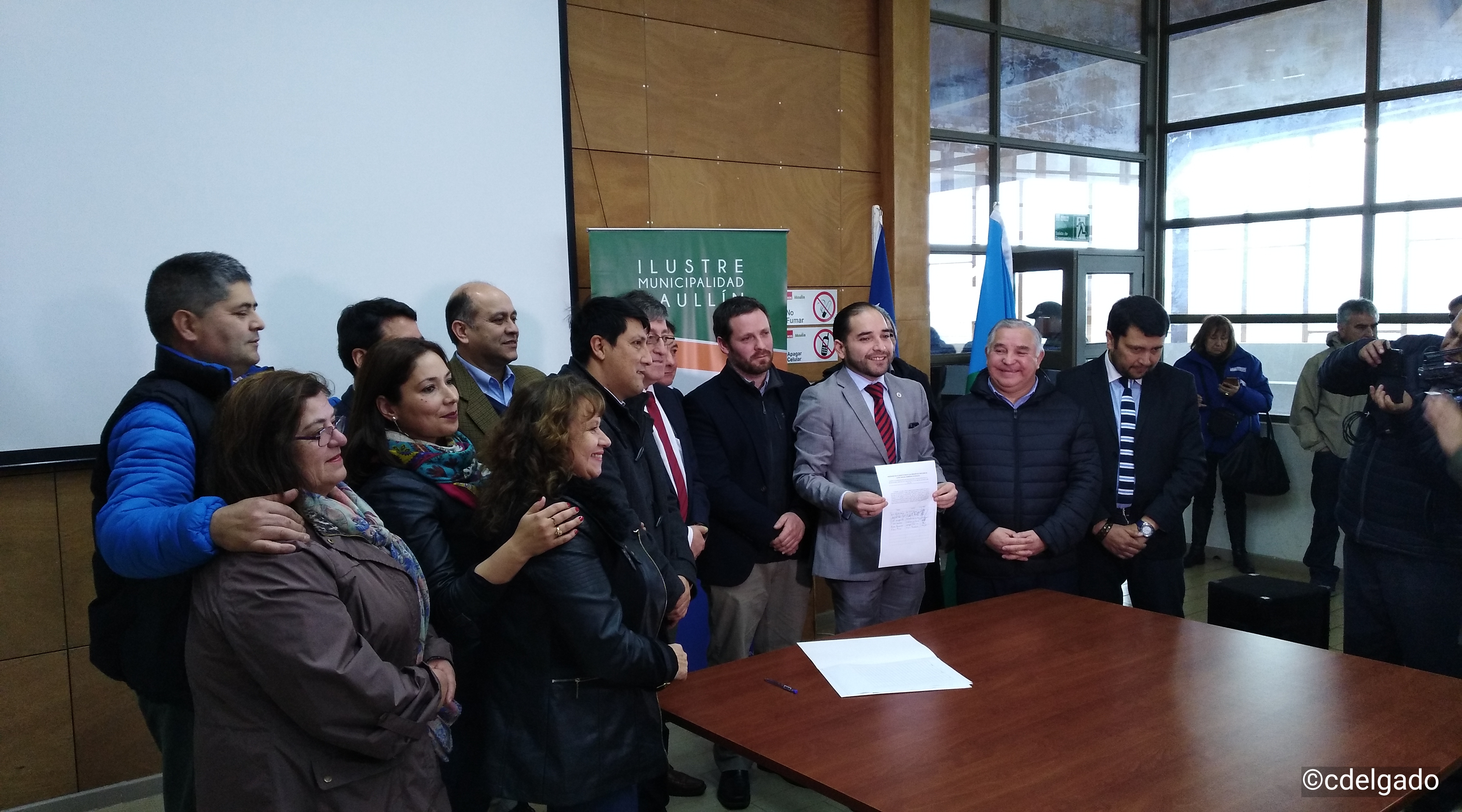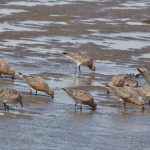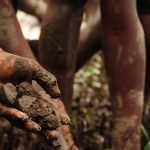In 2016, thanks to the collaborative work between NGO Conservación Marina, the municipality of Maullín, and the support of many regional organizations, 1,350 hectares in the Lakes Region of Chile became part of the Western Hemisphere Shorebird Reserve Network (WHSRN). Humedales de Maullín was designated as a WHSRN site of Regional Importance because it supports more than 1% of the biogeographic population of Hudsonian Godwit (Limosa haemastica).
Surveys conducted by our partners at Conservación Marina have documented that the wetland complex at Maullín provides habitat for at least 152 species of birds, 98 of which are water birds – and 17 of the water bird species are migratory. Six of these species are austral migrants, like the Chilean Flamingo. The other eleven are arctic migrants like the Hudsonian Godwit, a species that migrates an incredible distance from breeding grounds in Alaska to the coastal wetlands of Maullín in southern Chile. In addition to its biological importance, Humedales de Maullín provides a valuable opportunity to support the local economy through bird-related ecotourism activities.
Since 2017, Conservación Marina, together with the municipality of Maullín and with the support of the International Conservation Fund of Canada (ICFC), Manomet (through the WHSRN Executive Office), and the Packard Foundation, have been negotiating the possibility of designating Humedales de Maullín as a national Nature Sanctuary. This designation would give the site legal protected status and ensure it stays in conservation.

Photo: Claudio Delgado.
The application should be submitted in 2018 with the support of artisanal fishing communities, members of the indigenous Mapuche community, local tourism businesses, surrounding towns, and citizens in general. The agreement would put 8,000 hectares of wetlands under protection, including the Humedales de Maullín WHSRN site.
“In addition to the work of Conservación Marina in Maullín, two other WHSRN sites in Chile are seeking status as Nature Sanctuaries in collaboration with the Ministry of the Environment,” said Diego Luna Quevedo, Conservation Specialist with the WHSRN Executive Office. “One is the expansion of the current sanctuary at the mouth of the Río Lluta in northern Chile, from 30 to 297 hectares. And the other, together with the Bahía Lomas Center of the Universidad de Santo Tomás, is a declaration to protect Bahía Lomas – the most important wintering site in South America for the threatened rufa subspecies of Red Knot.






